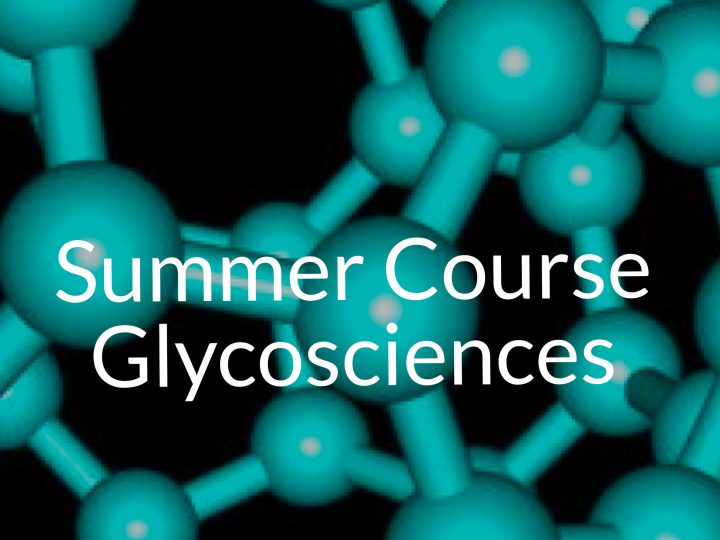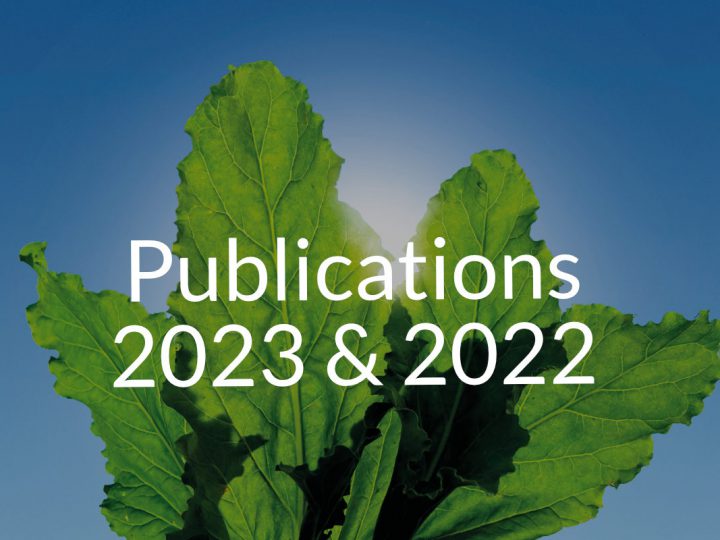 The human gut microbiota (HGM) makes an important contribution to health and disease. Also in view of its importance, the HGM is sometimes referred to as an ‘organ’ as it performs functions analogous to systemic tissues within the human host. The paper by Didier Ndeh and Harry J. Gilbert from Newcastle University reviews current knowledge of the capacity of this ecosystem to metabolise highly complex glycans.
The human gut microbiota (HGM) makes an important contribution to health and disease. Also in view of its importance, the HGM is sometimes referred to as an ‘organ’ as it performs functions analogous to systemic tissues within the human host. The paper by Didier Ndeh and Harry J. Gilbert from Newcastle University reviews current knowledge of the capacity of this ecosystem to metabolise highly complex glycans.
The HGM is a complex microbial community of trillions of microorganisms with a majority of its members represented within two phyla, the Bacteroidetes and Firmicutes. The major nutrients available to the HGM are host and dietary complex carbohydrates. To utilise these nutrient sources, the HGM uses sophisticated systems for the sensing, capture and utilisation of these glycans, such as rhamnogalacturonan 1 (RGI) and rhamnogalacturonan II (RGII), chondroitin sulphate (CS), human mucins (mucin-O-glycans) and arabinogalactan proteins (AGPs). Aim of this review paper is to better appreciate the metabolic potential of the HGM and its role in human health.
HGM bacteria such as Bacteroides are highly diverse and versatile in their glycan metabolising capabilities, especially when compared to other genera, such as Bifidobacterium. Members of the Bacteroidetes appear to have achieved this capability by genomic expansion through the recruitment of new enzymatic families and functions to facilitate degradation of extremely complex glycans (e.g. RGII). This is also supported by data showing the existence of an increased number of genes encoding Glycoside Hydrolase and Polysaccharide Lyases in the genomes of Bacteroidetes species compared to other HGM phyla. Particular HGM genera display significant differences in highly complex glycan utilisation however, which may be species or even strain dependent (with extra- and/or intracellular enzymes, and transport systems). The authors recommend that glycan utilisation by the HGM should therefore be analysed at the strain level.
Insights in these different glycan preferences of the HGM may also be exploited for the selective targeting and enrichment of particular species associated with beneficial functions such as probiotics. The HGM, however, may compensate for deficiencies in some organisms by operating cross-feeding networks, which collectively benefit more HGM members. The review recommends that more studies should focus on analysing these metabolic food webs and keystone species important for unlocking the nutritive potential of complex glycan targets. An example of this kind of work is cited, namely the elegant studies by the Comstock group cross feeding between inulin and amylopectin utilisation by Bacteroides species, which was of clear benefit to the donor and the recipient of the polysaccharide breakdown products (Rakoff-Nahoum, Foster and Comstock 2016. The evolution of cooperation within the gut microbiota, Nature 533: 255–259). Finally, it is worth noting that, regardless of the source, pectinolytic and hemicellulolytic, CAZymes have substantial applications in the biofuel and biorefining industries, hence further adding to the impact of studying glycan metabolism in the HGM.
For the complete paper see
Didier Ndeh and Harry J. Gilbert (2018). FEMS Microbiology Reviews 42, 146–164. doi: 10.1093/femsre/fuy002




